The Economic War in Yemen: Oil Revenue and Debilitated Financial Institutions Weaken Recovery Hopes
There is no shortage of calamity in Yemen right now. The poorest country in the Arab world endures a debilitating civil war and increasing humanitarian disaster. Trends in global economics have not been in Yemen’s favor either. World Bank: Humanitarian Toll of the Conflict (June 2016) 7,655 killed (including civilians and over 500 children) 21.1...
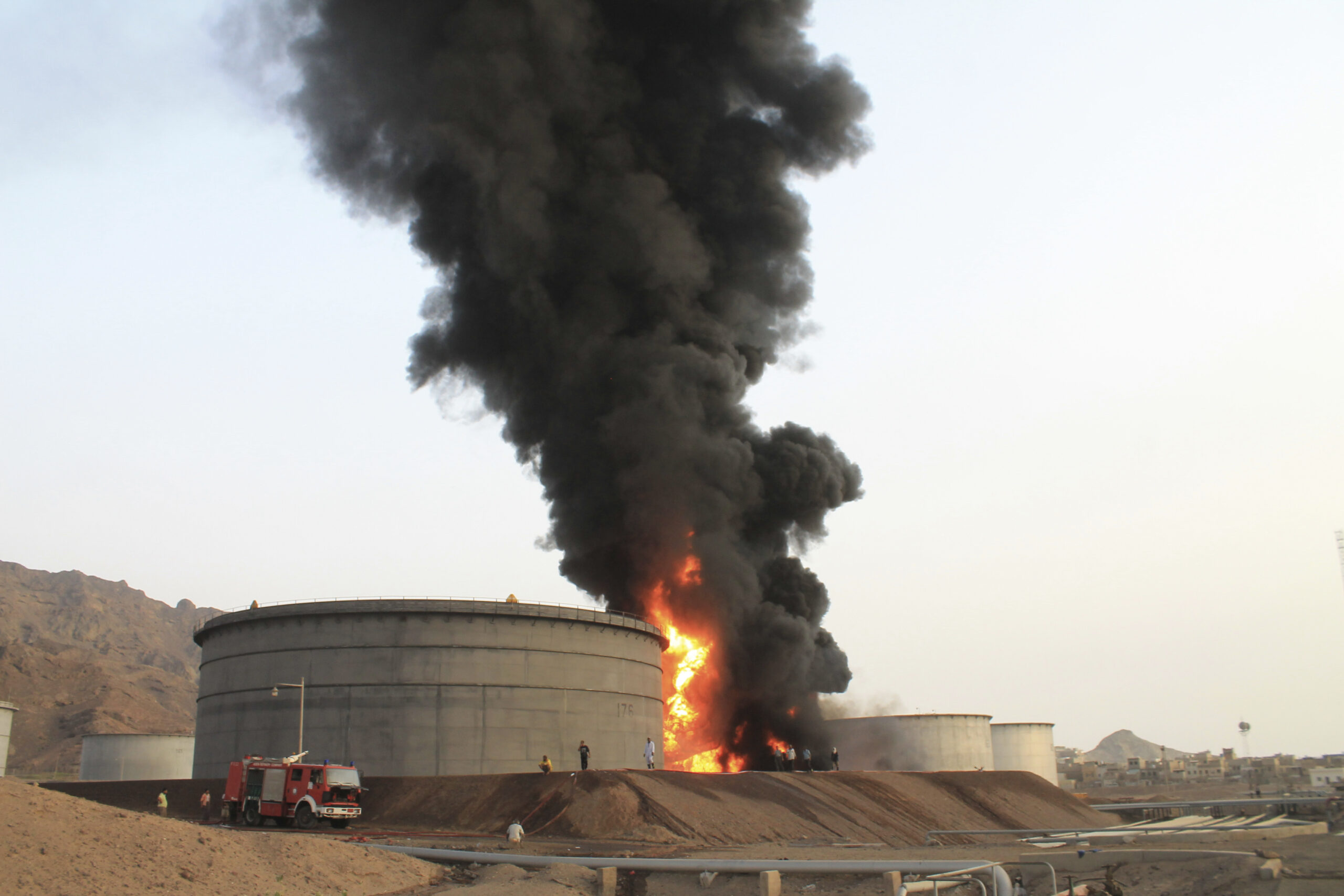
There is no shortage of calamity in Yemen right now. The poorest country in the Arab world endures a debilitating civil war and increasing humanitarian disaster. Trends in global economics have not been in Yemen’s favor either.
World Bank: Humanitarian Toll of the Conflict (June 2016)
| 7,655 killed (including civilians and over 500 children) | 21.1 million people in need of humanitarian assistance |
| 2.8 million people displaced from their homes | 24.3 million people lack access to electricity (90 percent of the population) |
| 14.4 million people hungry, severely food insecure | 49 percent water facilities destroyed |
| 1.3 million malnourished children | 20 percent of hospitals/health facilities destroyed |
| 85 percent of population living in poverty | 73 percent of sewage facilities destroyed |
Statistical Coordination Office/staff estimates at the World Bank, U.N. Agencies, and International Organization for Migration; Yemen’s population estimate is 26.8 million; see also, World Bank, “Whither Oil Prices?” July 2016
Yemen is a not a major oil producer, but of its exports and sources of foreign exchange, oil is its primary source of revenue. Historically, Yemen has used this limited resource to heavily subsidize the price of fuel. According to the International Monetary Fund, fuel subsidies have eaten up more than half of Yemen’s oil export revenue. It may be no coincidence the reduction of subsidies and subsequent increase in prices of diesel, gasoline, and kerosene by 50 percent, 20 percent, and 100 percent, respectively, in mid-2014 directly preceded the March 2015 start of war. Yemen’s entry into its latest conflict has some of its roots in economic crisis, and economic crisis continues to deepen the conflict’s damage.
The global decline in oil prices since late 2014 has hit Yemen hard, and will further threaten its reconstruction. Countries that emerge from conflict can redirect military expenditure to social and education spending, but the speed of recovery is often dependent on the presence of natural resources (and therefore, access to export revenue). Oil rich economies can recover more quickly, especially if oil prices are in an upward market cycle. Libya, Iraq, Syria, and Yemen are all oil exporters that will seek economic recovery (if peace can be achieved) in a time of unprecedented low oil prices.
The cost of the conflict is difficult to quantify, but recent damage assessments from the World Bank, European Union, United Nations, and Islamic Development Bank have estimated the cost at more than $14 billion. The estimates are divided among costs of rebuilding basic infrastructure and housing, at nearly $7 billion, and the remaining $7 billion at losses in production and service delivery. The economy has nearly collapsed.
The economics of Yemen’s crisis are startling. The institutional damage is equally devastating. The remaining financial architecture of the country, fewer than 20 commercial banks and a central bank, is struggling. Yemen’s central bank has been providing a basic semblance of order in the delivery of public salaries, foreign exchange to import basic food and medicine, and management of a rudimentary monetary policy. The central bank is now at the center of the conflict between the Houthi-led rebel groups, supported by former President Ali Abdullah Saleh’s forces, and the Saudi-supported government-in-exile led by President Abd Rabbu Mansour Hadi. The Hadi government has asked international financial institutions to close access to Yemen’s central bank funds held in overseas banks. This is the equivalent of major sanctions (which have not been authorized by the U.N. Security Council on the central bank) and a freeze on public finance for any financial exchange that requires currency exchange or payments for imports. It would cripple the Yemeni economy (what is left of it) and will further debilitate and delay any reconstruction process that may take place if a political transition or peace agreement might be reached.
Central Bank of Yemen Reserves (In Millions of U.S. Dollars)
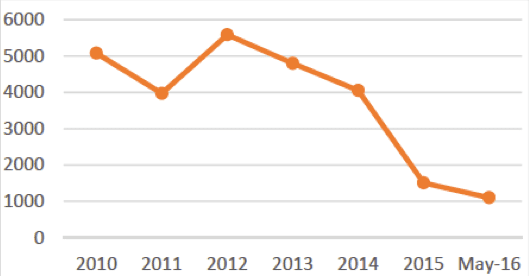
World Bank, Central Bank of Yemen, and International Monetary Fund
Existing World Bank programs, from fiscal years 2012-14, in Yemen focused on short-term job creation, restoring basic services like water and electricity, and providing social services. However, Yemen is not currently able to access more than half of the development assistance it is eligible for from the International Development Association. Yemenis are not receiving the aid because most development agencies have withdrawn or significantly reduced operations in the country, unable to distribute aid and manage projects. According to the World Bank, as of mid-March, its portfolio consisted of 23 International Development Association-funded projects and eight recipient-executed trust fund grants, just over $1 billion, focused on increasing access to basic social services, improving infrastructure, and enhancing governance and institutions. Of those available, committed funds, $603 million remains undisbursed. If the central bank collapses, aid delivery, if it can be increased at all, will be at risk.
While oil prices are not in Yemen’s control, the preservation of its surviving financial institutions can be. But, it is in the interest of all the warring parties in Yemen to retain the basic institutions, especially the central bank, that will be necessary to fund and administer a peace, when it finally does come.
The views represented herein are the author's or speaker's own and do not necessarily reflect the views of AGSI, its staff, or its board of directors.


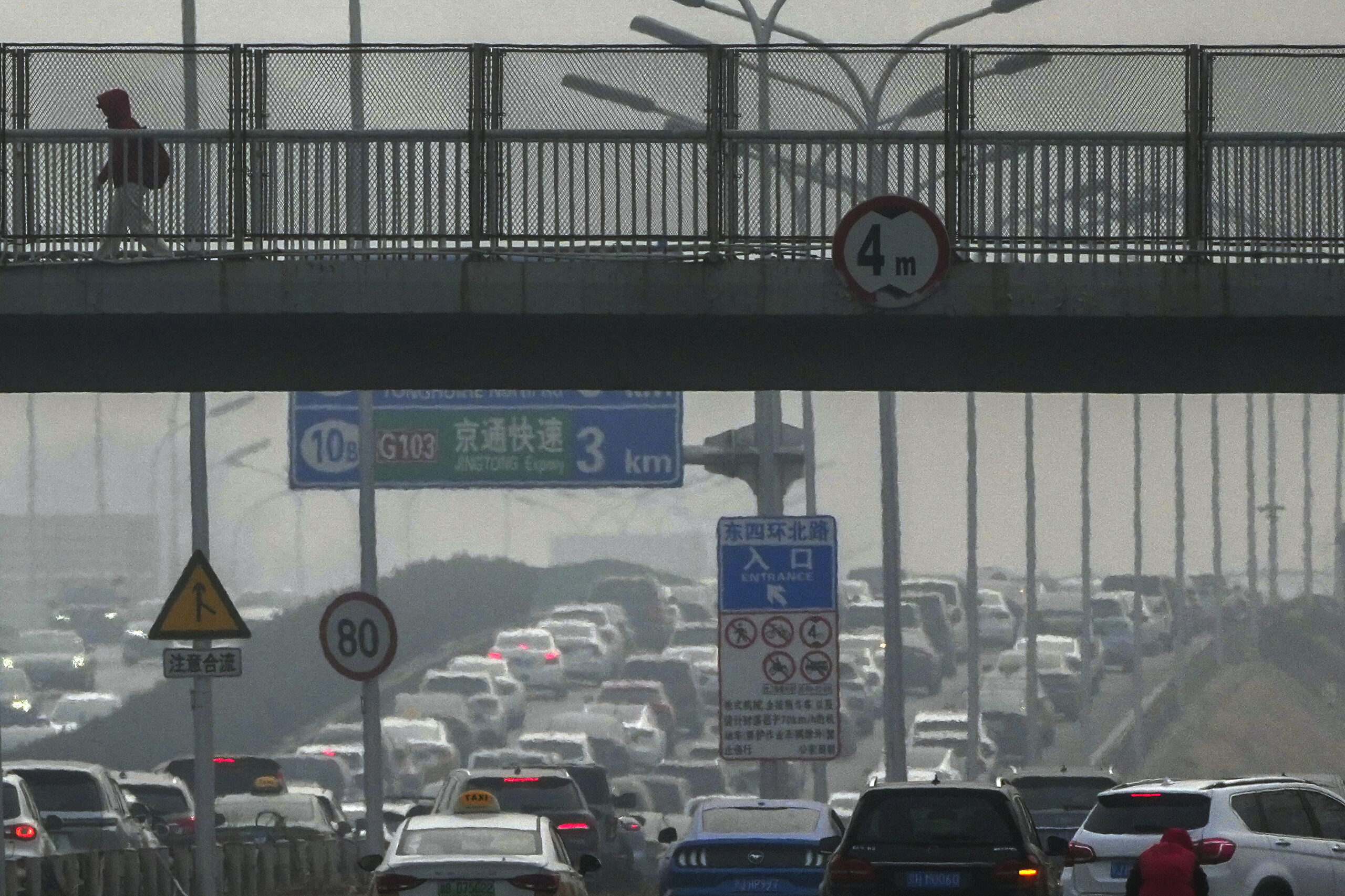
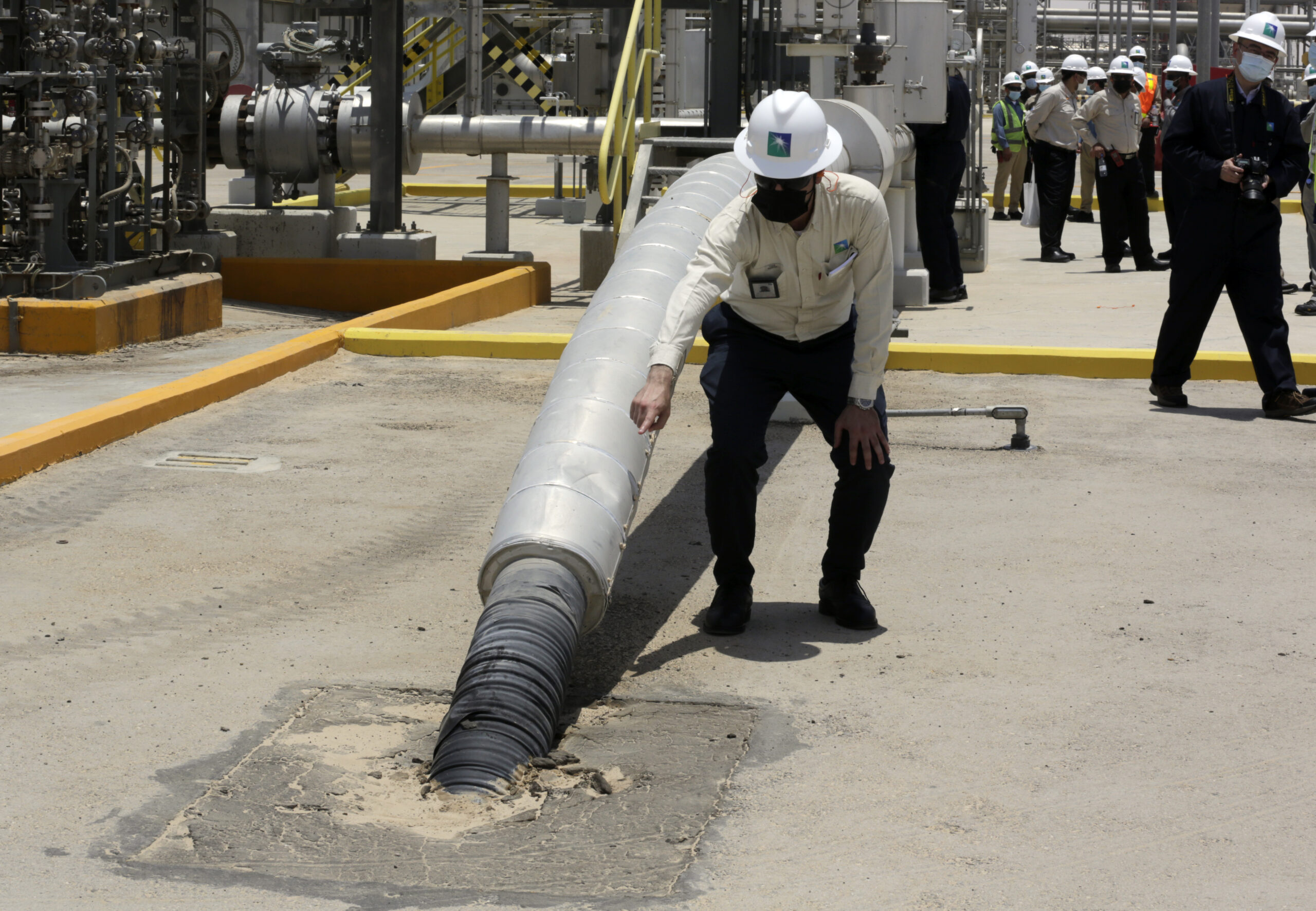
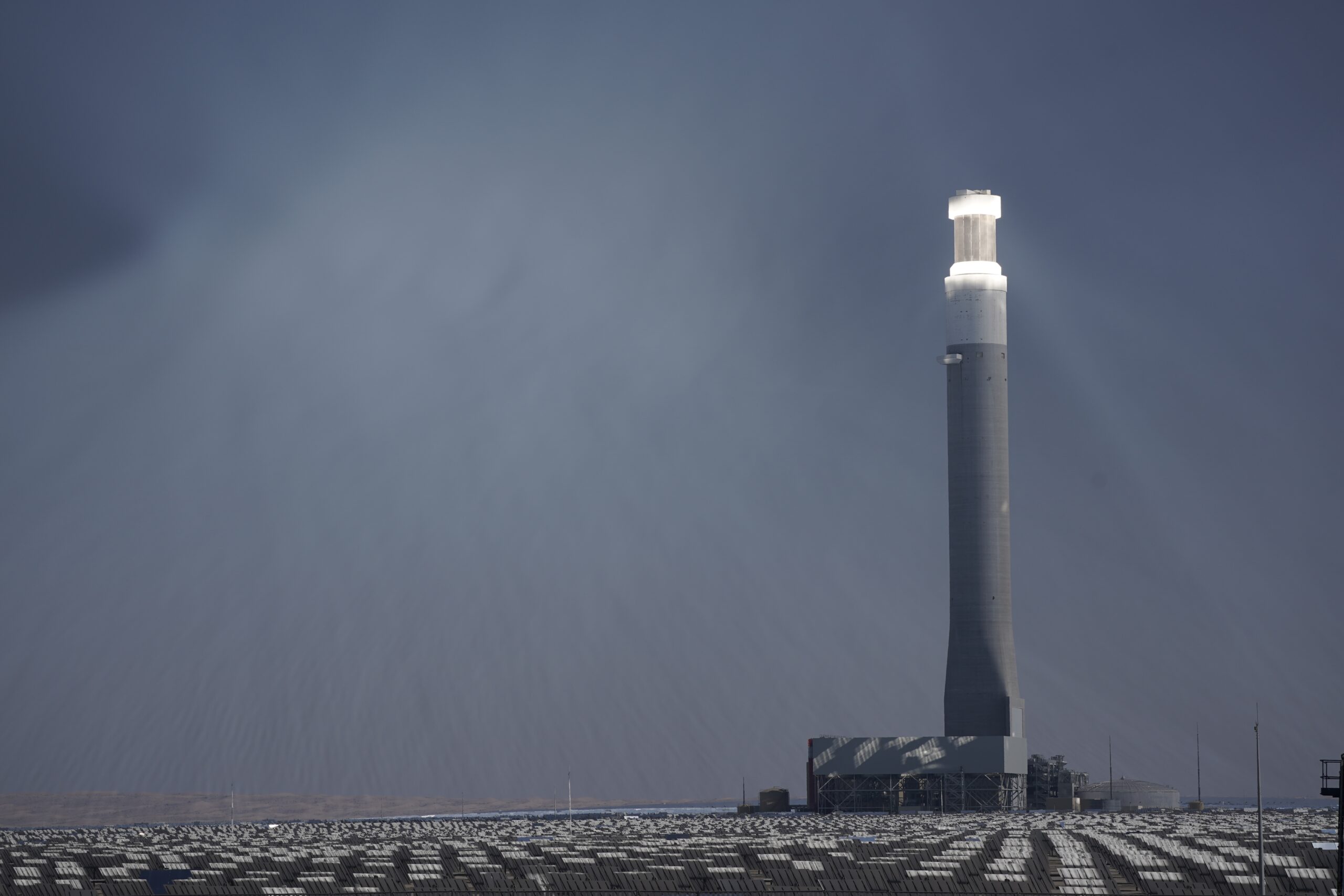
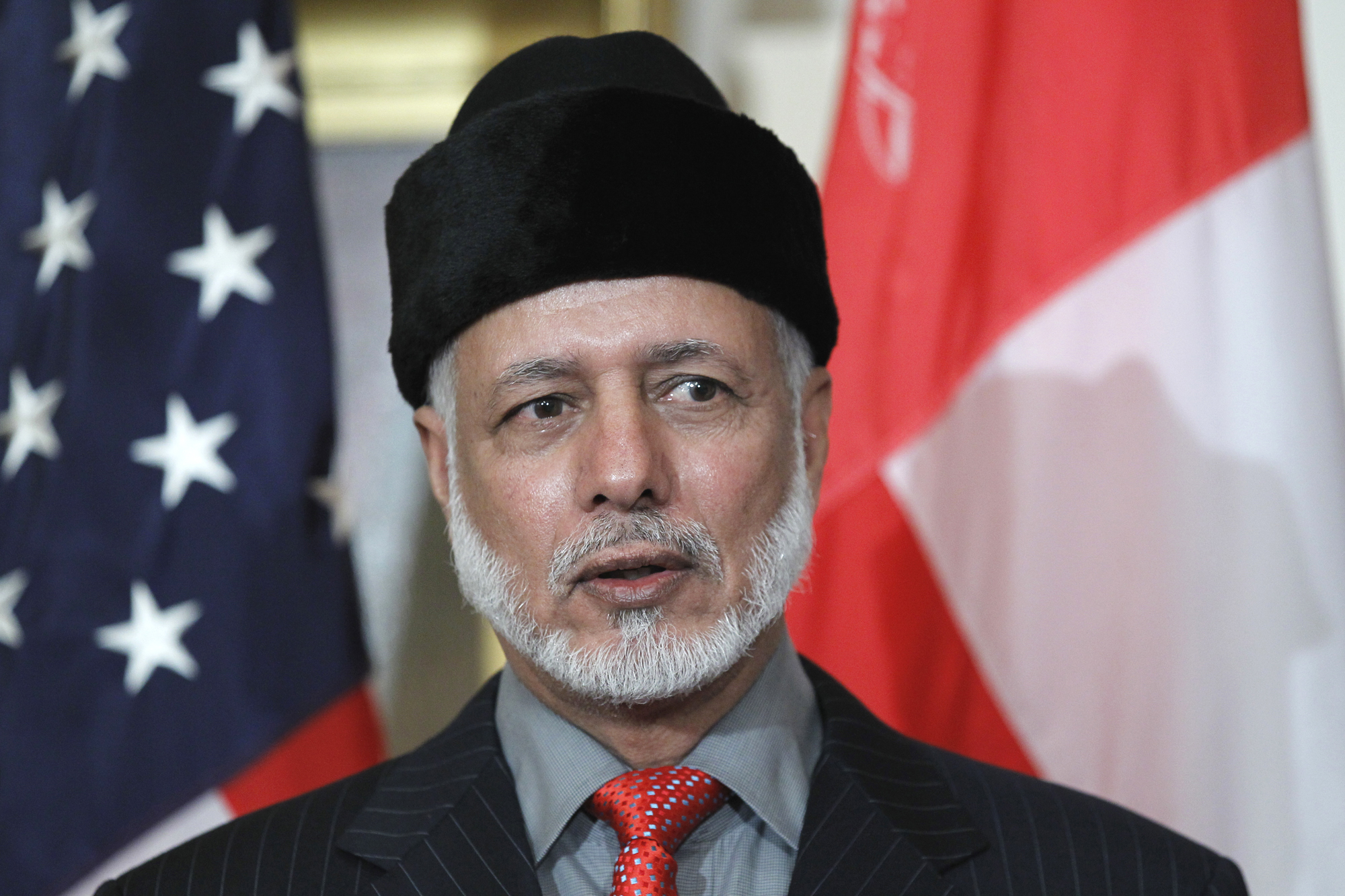
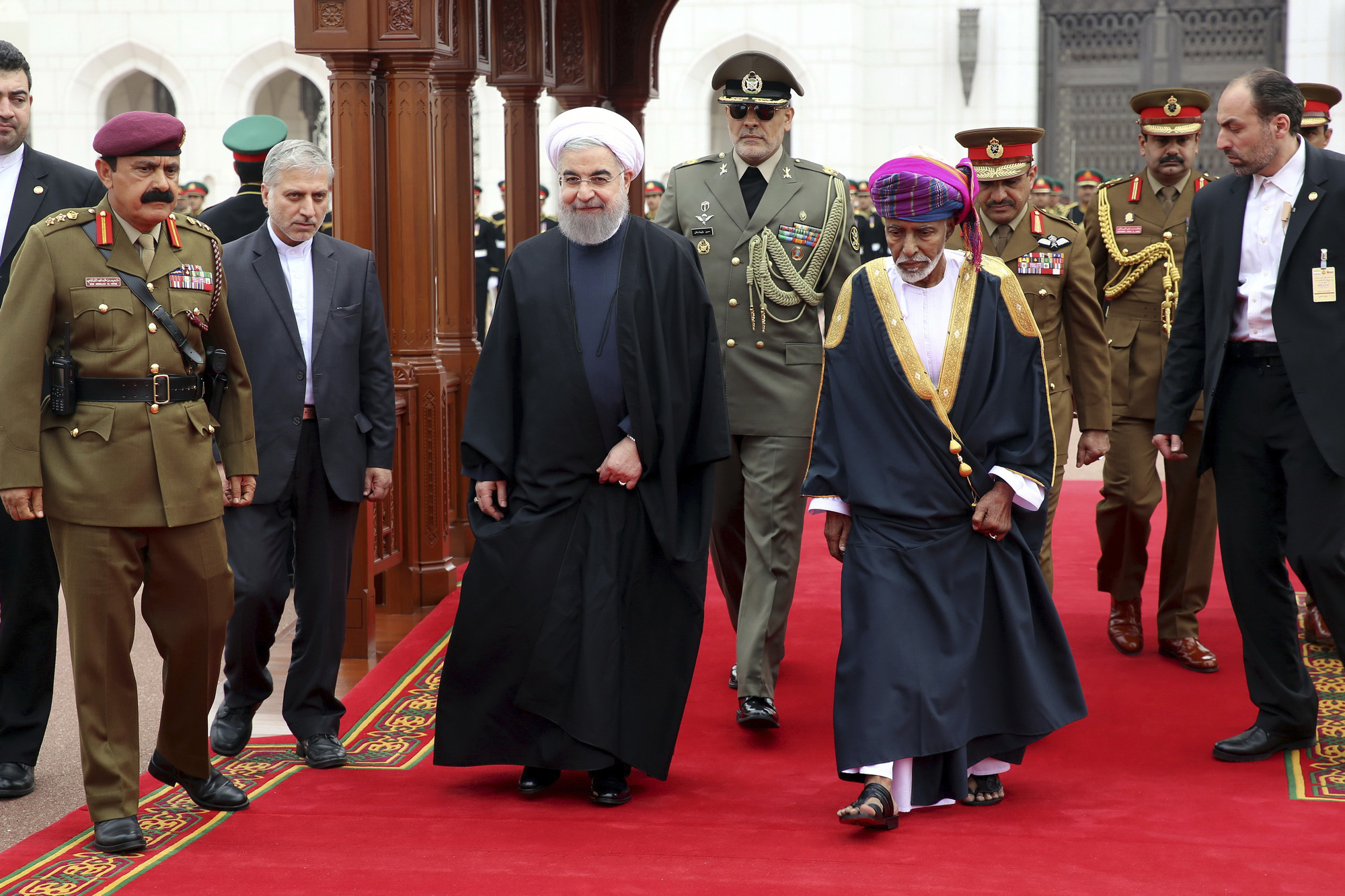
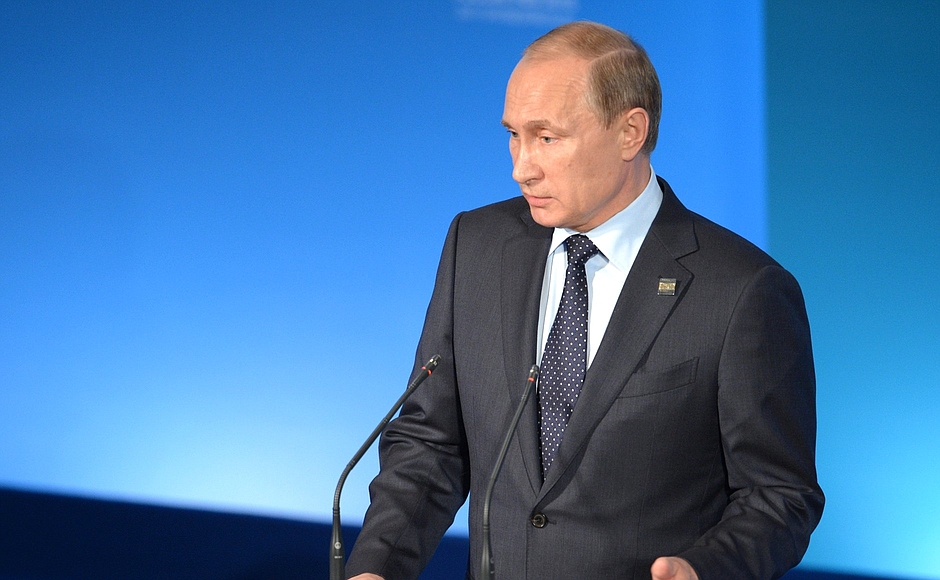
Jan 3, 2017
Will Trump Preserve Obama’s Iran Policies?
Since winning the greatest political upset in modern American history, Donald Trump has since taken on the US defense industry by publicly questioning whether Boeing was overcharging the American taxpayer for its government contract to build the next version of Air Force One, the presidential jet.
6 min read